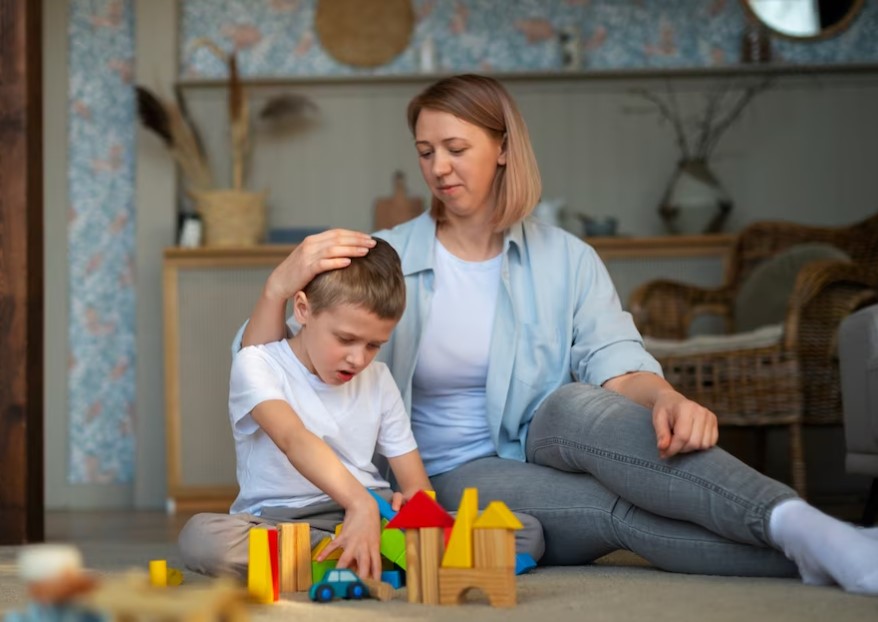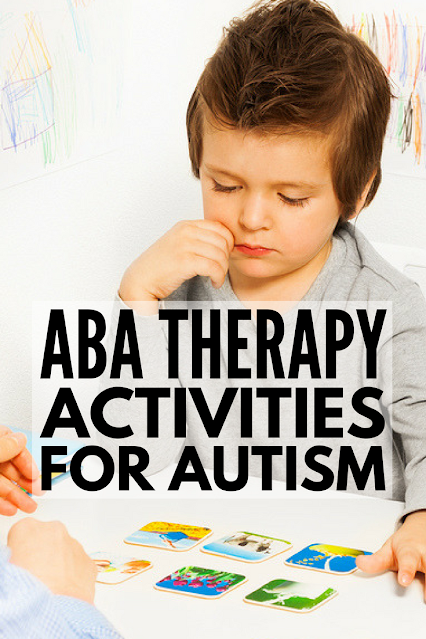Early diagnosis and treatment of autism, according to research, result in better outcomes. Thankfully, when the symptoms are present, autism can be identified as early as age two. Early diagnosis provides parents with a head start in assisting their child in thriving in a world that is frequently too overwhelming for their nervous system.
One of the most popular therapies for children with autism, especially younger ones, is applied behavioral analysis (ABA). Children who receive ABA therapy are able to acquire vital life skills that will benefit them for the rest of their lives.
Here are some of the best reasons to try this therapy with your child.
1. They’ll learn how to play
Although most neurotypical children don’t need to be taught how to play, many kids with autism need assistance. Some kids on the spectrum prefer lining up their toys rather than engaging in creative play and they don’t actually know how to imagine scenarios and engage in make-believe. These children need to be taught how to use their imagination because it just doesn’t come naturally for them.
ABA therapy is an excellent way to teach your child how to play. With in-home sessions, ABA play therapy is easy and convenient. It’s also better for your child. The therapist will use your child’s own toys and the familiar environment will produce more favorable results.
2. They’ll learn communication skills, verbal and non-verbal
Whether your child is verbal or non-verbal, they will learn valuable communication skills. Kids don’t need to speak to communicate, you just have to learn their signs. Much of the time, kids with autism are trying to communicate, but their parents don’t notice because they aren’t verbalizing their thoughts.
An ABA therapist will meet your child where they are to help them communicate better, whether through motions or words.

3. They’ll develop motor skills
Motor skills are often difficult for kids with autism. They specifically struggle with planning, posture, and coordination. Most people take planning and coordinating movement for granted. For a child on the autism spectrum, it can be difficult to coordinate even simple activities.
There are a variety of reasons motor skills are difficult, but sometimes kids have difficulty knowing where their body is in space, and it takes longer for their nervous system to process information and relay the signal to their muscles.
Just by engaging in ABA therapy, your child will simultaneously be developing fine and gross motor skills to some degree. For instance, they’ll be learning how to play, picking up items and placing them somewhere specific, and learning to move their body to walk up/down stairs or sit in a chair.
4. They’ll be taught self-care
Kids with autism tend to struggle with forms of self-care, like hygiene. Your child’s ABA therapist can incorporate self-care tasks into their sessions, like combing their hair, brushing their teeth, and even putting on socks and shoes.
It’s important to help your child become as independent as possible, even if it’s never going to be 100%. The more they can do for themselves on their own, the better their life will be. When it comes to hygiene, the older they get, the less likely they are to get help with those tasks.

5. They’ll learn how to follow directions
Many kids with autism struggle to follow directions for a variety of reasons. Sometimes they’re distracted, but other times they don’t fully understand what they’re being asked to do. Longer instructions are harder to follow because some kids forget all the steps involved in the request, even if it’s simple for everyone else.
ABA therapy will help your child learn how to follow directions better. First, the therapist will pinpoint the reason your child struggles, and will work with them to get them on the right path. For example, if your child doesn’t sit down when asked, the therapist will use a variety of techniques to show them what the directive means and how to do it. They might put two chairs together, then take the child’s hand while giving the instruction to sit, and then sit in one of the chairs while pointing to the other chair for the child to copy them and sit.
Your child will do better in life and school when they can follow basic directions without too much of a struggle.
Give ABA therapy a try
The goal of therapy isn’t to make your child seem neurotypical, but rather, to equip them with skills to improve their life in a meaningful way. Every child with autism is different and has unique needs, but for many, ABA therapy is effective.
